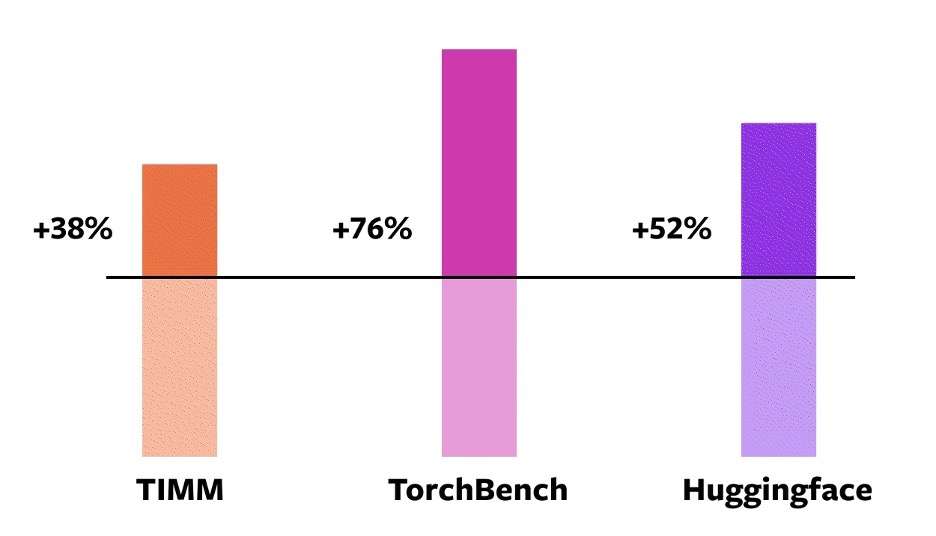Topics
RelatedSee MoreSee More
podcast
The Venture Mindset with Ilya Strebulaev, Economist Professor at Stanford Graduate School of Business
Richie and Ilya explore the venture mindset, the importance of embracing unknowns, how VCs deal with unpredictability, how our education affects our decision-making ability, venture mindset principles and much more.
Richie Cotton
59 min
cheat sheet
LaTeX Cheat Sheet
Learn everything you need to know about LaTeX in this convenient cheat sheet!
Richie Cotton
tutorial
Everything You Need to Know About Python Environment Variables
Learn the ins and outs of managing Python environment variables with os and python-dotenv libraries.
Bex Tuychiev
9 min
tutorial
Everything You Need to Know About Python's Maximum Integer Value
Explore Python's maximum integer value, including system limits and the sys.maxsize attribute.
Amberle McKee
5 min
tutorial
Python KeyError Exceptions and How to Fix Them
Learn key techniques such as exception handling and error prevention to handle the KeyError exception in Python effectively.
Javier Canales Luna
6 min
tutorial
Troubleshooting The No module named 'sklearn' Error Message in Python
Learn how to quickly fix the ModuleNotFoundError: No module named 'sklearn' exception with our detailed, easy-to-follow online guide.
Amberle McKee
5 min

